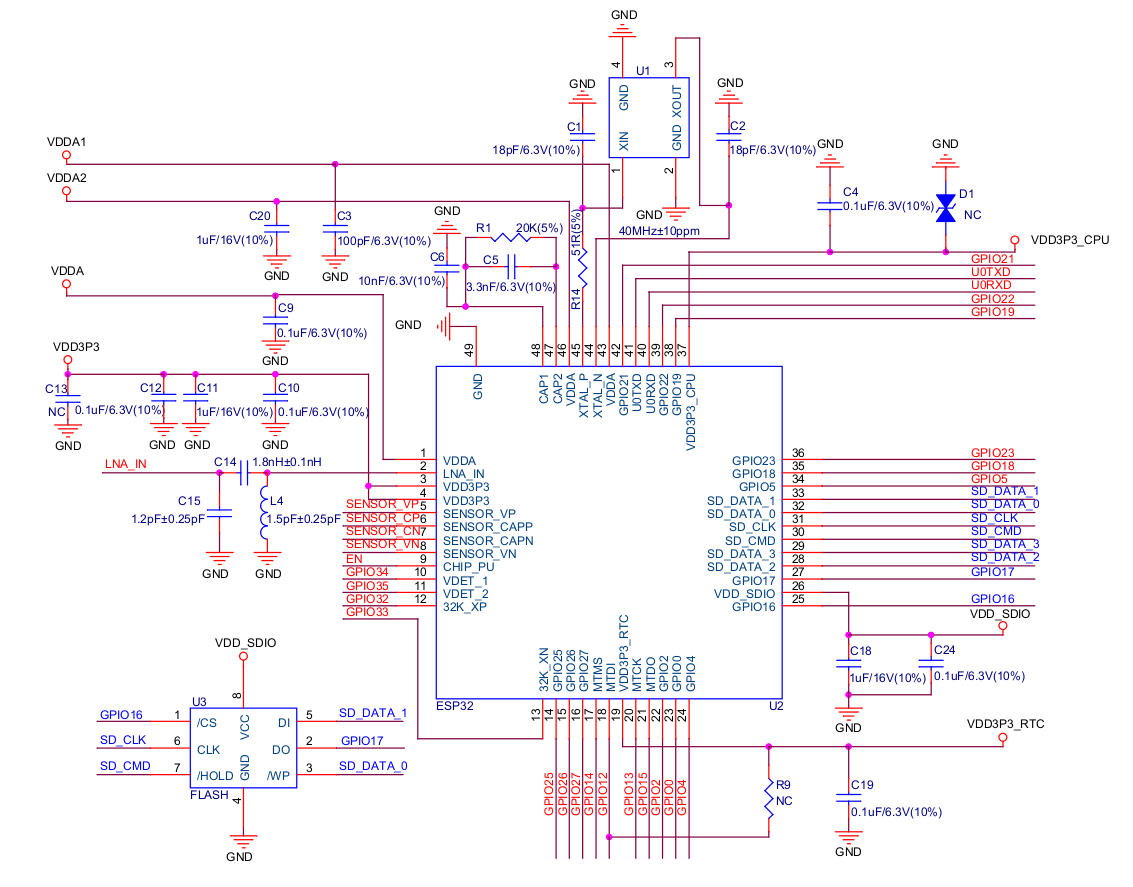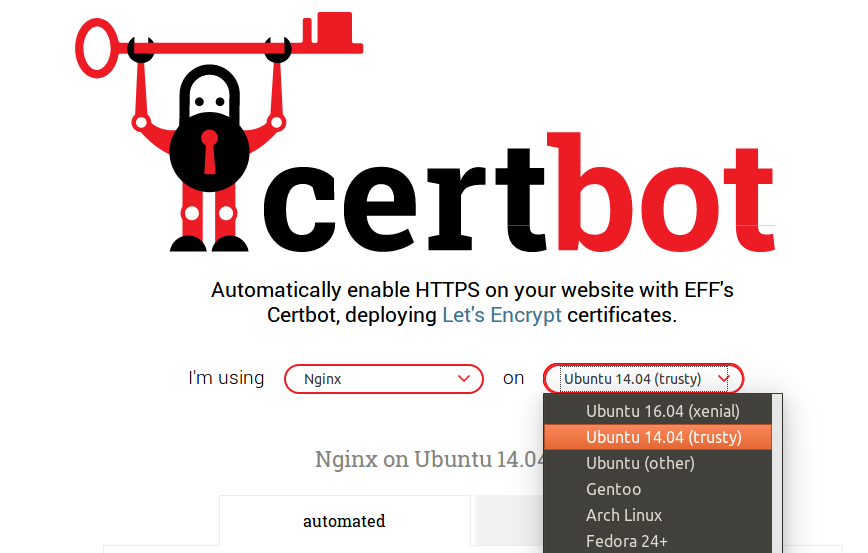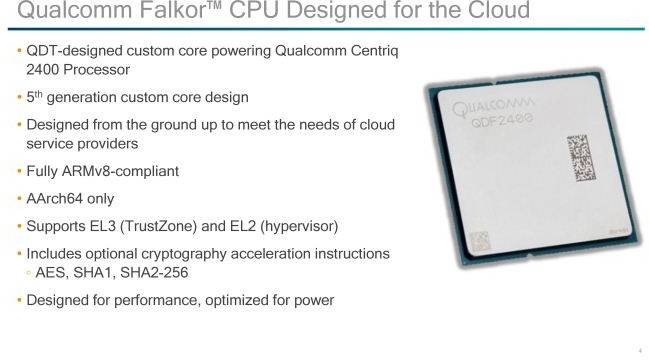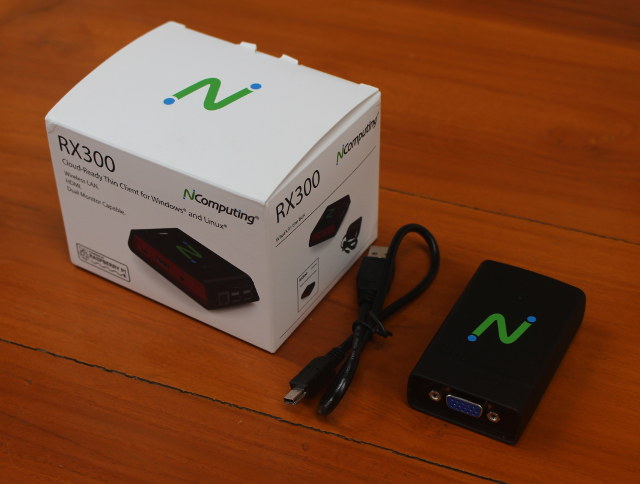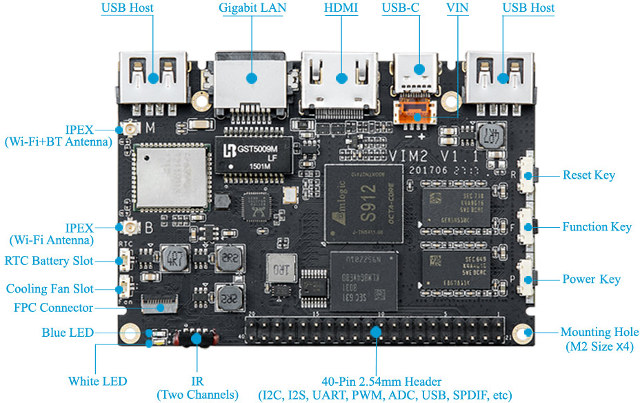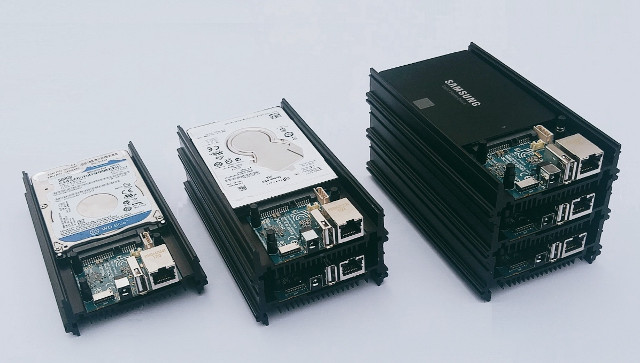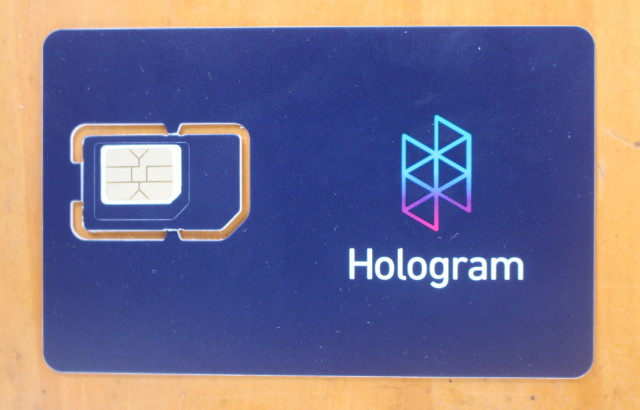Espressif Systems has revealed another ESP32 variant, but this time it’s not an SoC, but a 7x7mm system-in-package (SIP) that comes ESP32 dual core processor, a 4MB SPI flash, a crystal oscillator and various passive components, so that you don’t need to include those in your design, and create an ultra-compact PCB for wearables and other space-constrained applications. ESP32-PICO-D4 SiP specifications: SoC – ESP32 with two Tensilica LX6 cores, 448 KB ROM, 520 KB SRAM (inc. 8KB RTC memory), 1kbit eFuse On-module Flash – 4MB SPI flash Connectivity WiFi – 802.11 b/g/n/e/i (802.11n up to 150 Mbps) Bluetooth – Bluetooth V4.2 BR/EDR and BLE specification; ; class-1, class-2 and class-3 transmitter; Audio: CVSD and SBC SIP Interfaces SD card, UART, SPI, SDIO, LED PWM, Motor PWM, I2S, I2C, IR GPIO, capacitive touch sensor, ADC, DAC, LNA pre-amplifier Sensors – On-chip Hall sensor & temperature sensor Clock – On-module 40 MHz crystal […]
Android 8.0 Oreo Launched, OS Images, and AOSP Source Code Released
Google has now formally announced Android O version and name: Android 8.0 Oreo. We already had seen the new Features in Android O-reo during the first preview release with picture-in-picture support, autofill APIs, adaptive icons and so on. There’s also a new Android Oreo character… If you want to run the latest Android 8.0 on your device, you can do so on Nexus 5X, Nexus 6P, Nexus Player, Pixel C, Pixel, and Pixel XL by getting the firmware in the download page, unless you are enrolled in Android Beta Program in which case you should receive it automatically. What I did not see (yet) is a joint announcement for a new Android 8.0 phone like last year LG V20 smartphone with Android 7.0, and Google simply said that “by the end of this year, hardware makers including Essential, General Mobile, HMD Global Home of Nokia Phones, Huawei, HTC, Kyocera, LG, […]
Installing Let’s Encrypt Free SSL/TLS Certificate in 2 Minutes with Certbot, Spending Hours Making it Work with Cloudflare
I’ve been using an SSL certificate to the download subdomain of this blog running ownCloud for about 2 years, but recently my free StartSSL certificate expired, and I had troubles to renew it, and I also received an email from Google telling me that “Starting October 2017, Chrome (version 62) will show a “NOT SECURE” warning when users enter text in a form on an HTTP page, and for all HTTP pages in Incognito mode”. So I decide to use free LetsEncrypt SSL/TLS certificates to replace the one in the download subdomain, as well as this main blog. Such SSL/TLS certificates are also very useful for the IoT gateways many of use have started using, and I found it’s even simpler than install a self-signed certificate, so there’s no reason to use those anymore. The easiest way to install Let’s Encrypt certificate is by using Certbot with instructions for various […]
Qualcomm Provides Details about 64-bit ARM Falkor CPU Cores used in Centriq 2400 Server-on-Chip
Qualcomm officially announced they started sampling Centriq 2400 SoC with 48 ARMv8 cores for datacenters & cloud workloads using a 10nm process, but at the time the company did not provide that many details about the solution or the customization made to the CPU cores. Qualcomm has now announced that Falkor is the custom CPU design in Centriq 2400 SoC with the key features listed by the company including: Fully custom core design – Designed specifically for the cloud datacenter server market, with a 64-bit only micro-architecture based on ARMv8 (Aarch64). Scalable building block – The Falkor core duplex includes two custom Falkor CPUs, a shared L2 cache and a shared bus interface to the Qualcomm System Bus (QSB) ring interconnect. Designed for performance, optimized for power 4-issue, 8-dispatch heterogeneous pipeline designed to optimize performance per unit of power, with variable length pipelines that are tuned per function to maximize […]
NComputing RX300 Thin Client Review – Part 1: Unboxing and Teardown
NComputing RX300 is a thin client based on Raspberry Pi 3 board that will allow to remotely run Windows and Linux operating systems from a much more powerful server, and Raspberry Pi 3 mostly handling the display, and connection to hardware like USB keyboard and mouse. The company has me sent a review sample for evaluation, and I’ll start by checking out what I received, and the hardware design of the device. NComputing RX300 Thin Client Unboxing I was asked whether I could test dual display, and then I had to choose between a VGA adapter or a DVI adapter. I selected the former, and I received both RX300 thin client, and a USB to VGA secondary adapter with its USB cable. We’ll find the thin client, a 5.1V/2.5A power adapter with a US plug adapter, and a multi-language quick installation guide in the package. The enclosure is really cute, and […]
Khadas VIM2 Amlogic S912 Development Board Sells for $75 and Up
Khadas VIM2 is the only low cost development board powered by Amlogic S912 octa-core processor that I know of, but when we first wrote about the board it was not available yet. The three versions of the boards are now being sold on GearBest with the Basic version going for $74.99, the Pro version for $94.99, and the Max version for $109.99. [Update: You can get VIM2 Max for $99.99 by using GBVIM2MAX coupon code for the first 100 boards daily, and the five first boards are sold for $49.99 daily at 9:00 UTC until August 28th. Details on promotion page.] Khadas VIM2 Basic/Pro/Max specifications: SoC – Amlogic S912 octa core ARM Cortex-A53 @ up to 1.5 GHz with ARM Mali-820MP GPU System Memory Basic – 2 GB DDR4 Pro/Max – 3 GB DDR4 Storage micro SD card and 2MB SPI flash eMMC Flash – Basic: 16GB; Pro: 32GB; Max: […]
Hardkernel ODROID-HC1 Home Cloud One Stackable NAS is now available for $49
Hardkernel has just launched their ODROID-HC1 stackable NAS system based on a cost-down version of ODROID-XU4 board powered by Samsung Exynos 5422 octa-core Cortex-A15/A7 processor, which as previously expect, you can purchase for $49 on Hardkernel website, or distributors like Ameridroid. We now have the complete specifications for ODROID-HC1 (Home Cloud One) platform: SoC – Samsung Exynos 5422 octa-core processor with 4x ARM Cortex-A15 @ 2.0 GHz, 4x ARM Cortex-A7 @ 1.4GHz, and Mali-T628 MP6 GPU supporting OpenGL ES 3.0 / 2.0 / 1.1 and OpenCL 1.1 Full profile System Memory – 2GB LPDDR3 RAM PoP @ 750 MHz Storage UHS-1 micro SD slot up to 128GB SATA interface via JMicron JMS578 USB 3.0 to SATA bridge chipset capable of achieving ~300 MB/s transfer rates The case supports 2.5″ drives between 7mm and 15mm thick Network Connectivity – 10/100/1000Mbps Ethernet (via USB 3.0) USB – 1x USB 2.0 port Debugging […]
Checking out Hologram’s Developer SIM Card for Worldwide IoT Projects
Hologram is a service that offers 2G/3G/4G cellular connectivity for the Internet of Things via a SIM card that works in over 170 countries, and with pricing starting at $0.40 per month. In order to promote their services, the company offers a free developer SIM card which I ordered when I first wrote about the service last month. I was pleased and surprised they would sent it to Asia for free, and I got the card in a bubble envelop. The back of the card includes a 18 to 22 digit SIM card number and bar code, that we’ll need to use for activation, and a link that redirects to https://hologram.io/docs/. I planned to try the card with Wio GPS tracker board which requires a nano SIM card, and there are convenient cutouts to convert the SIM card to micro SIM or nano SIM card formats. Before using the card […]

